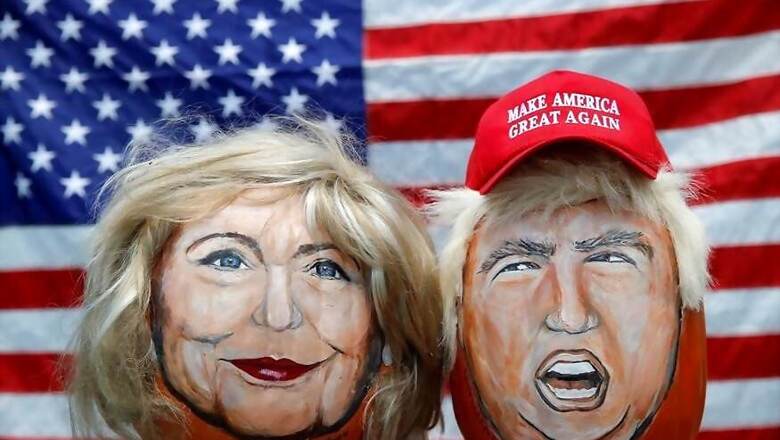
views
Diwali in the United States for the ever-growing Indian diaspora population means celebratory gatherings with family and friends. Gatherings with family and friends means passionate, pitched arguments about everything happening in the world. At this time of the year, with a week to go for the elections for the President of the United States, all conversations loop back to Trump and Clinton.
There is no dearth of pundits on social media. The sites are awash with arguments, counter-arguments, digs and counter-digs. But no tweet or social media ranting can come close to the emotion and drama of a dozen or more people sitting in the living room over dhokla, samosa, chole and naan, arguing about who is good for America, who is good for India and what is best for the Indian-American’s continued prosperity in the United States of America.
The elections both from the mainstream as well as the Indian diaspora perspective appears to be a choice between the known and the unknown. Secretary Clinton is all too familiar to the community dating back to the close proximity of her husband President Clinton with the Indian diaspora. However Donald Trump is making a late push for the Indian-American vote and has made some inroads. The numbers still show that a majority of the Indian-Americans are solidly behind Clinton, but what happens in the last one week is anybody’s guess.
And there are always surprises. Immigration as expected is a hotly debated issue at these gatherings. There are many who appreciate the tough stand taken by Trump on this issue. Are they forgetting their own long and uncertain path to become a part of America? Are they too cozy now to empathize with those seeking the same path to this promised land?
The other surprise is how little or no discussion happens around the other elections. By this I mean all the way from the local mayoral elections to the Congressional and Senate races. The outcomes of these could have bigger impact on the daily lives of many of the Indian-Americans than the Presidential election.
We are too quick to blame the Presidential candidates for not focusing on the issues. But they are probably mirroring what gets debated in these snug charchas.There is no discussion whatsoever of the bigger issues [such as higher education, opportunities for young people or climate change] pertaining to the two nations. [Immigration and domestic security being the notable exceptions]. The glaring gap to me is the general lack of acknowledgement of the large number of Indian immigrants at the bottom of the socio-economic strata here in the United States, including the many elderly.
My sample size is small and has the risk of lumping everyone into the same category. But it spans the length and breadth of this massive country. However, to make better sense of the scenario I also turned to a few outside of the desi-party circuit.
“Notwithstanding electoral victories by one political party or another in the US and in India, I do believe, generally speaking, that US-India relations are on an upward trend,” says Sanjeev Joshipura, Director at Indiaspora, a catalytic platform of Indian-Americans, adding, “This doesn't mean an absence of differences between these two proud nations in specific areas; it just means a more mature handling of such differences, as partners are wont to do.”
Sonalika Ahuja, CEO of Beyond Media, chimed in from Los Angeles, California with a conclusive yet promising note when she said, “The positive tone between India and the United States is already set. I personally don't think it matters at this point who wins. The Indian Diaspora is influential and firmly entrenched in both Democratic and Republican parties.”
Charlotte, North Carolina based Jay Bhaskaran working in the defense space quoted the Paris Climate Agreement, the strong US condemnation of the Uri attacks as examples of increased bonhomie adding, “End of the day, the trade and interdependence continues to grow. The election outcomes are incidental against that backdrop.”
I could not help smile at one poignant remark at a gathering,” Diwali is also the time when we open the doors and windows to our homes to let the freshness wander indoors. Perhaps it is also the time for us to further open our minds and hearts wider and let refreshing ideas and viewpoints seep in.” Yes, the Diwali parties come to a close in expected fashion with the laddus, barfi, pedas and kaju katlis and the works. Needless to say opinions about the U.S. elections and issues of importance are as varied as the size, shape, texture and hues of the multitude of Indian sweets!
Venkatesh Raghavendra works at the American India Foundation to bridge India & the United States through philanthropic initiatives and engages with diaspora communities all across the U.S.










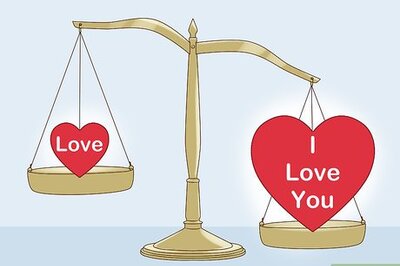
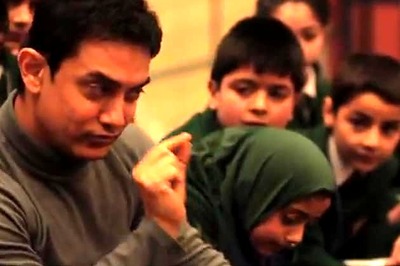

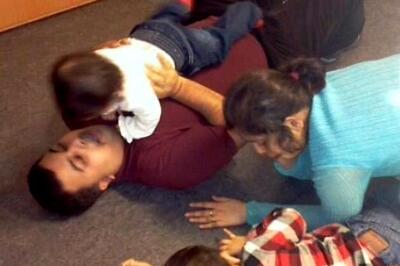


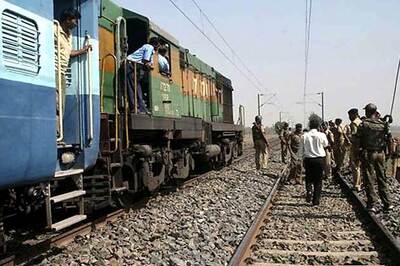
Comments
0 comment